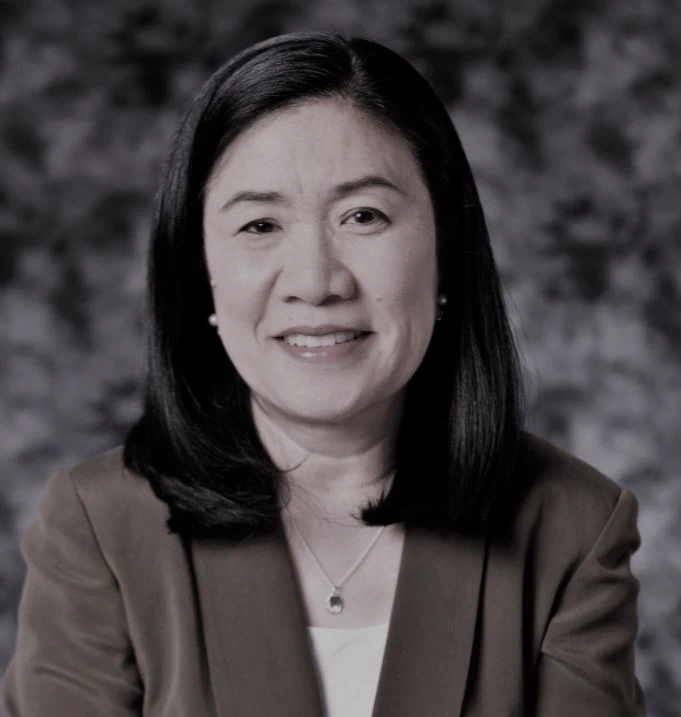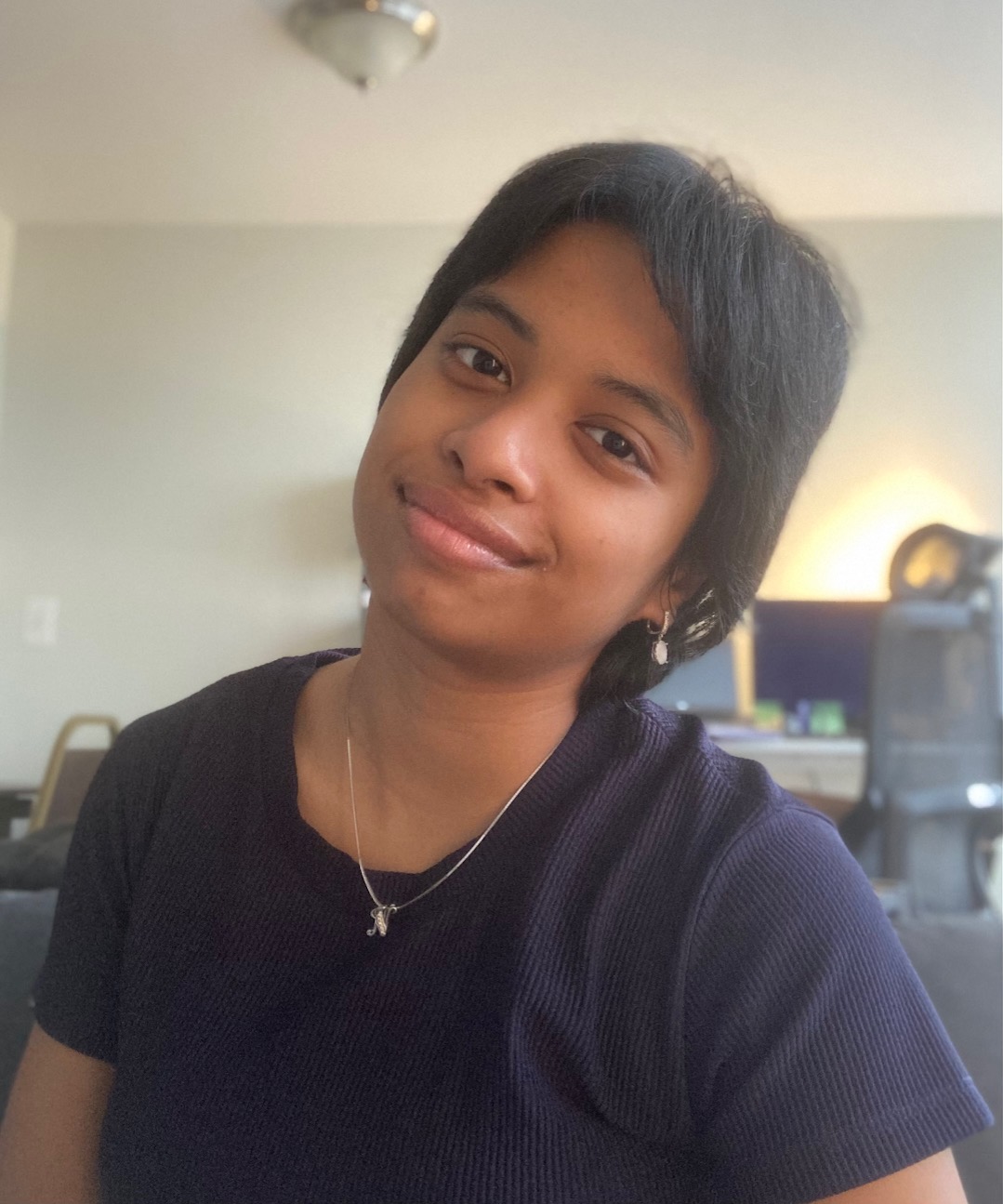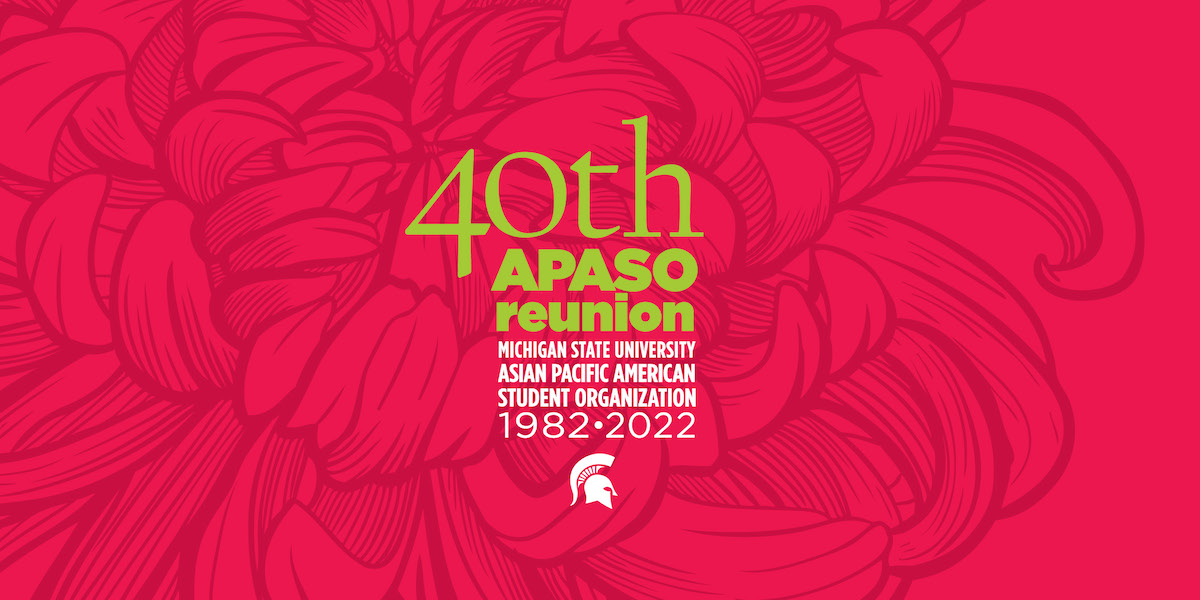“As YouTube celebrates two decades of revolutionizing the way we consume and interact with content, the iconic video-sharing platform has left an indelible mark on modern society. Since its humble beginnings in 2005, YouTube has evolved from a fledgling startup to a global phenomenon, with billions of users worldwide relying on it for entertainment, education, and connection. As we reflect on the platform’s profound impact, experts from Michigan State University offer a fascinating perspective on the transformative power of YouTube and its far-reaching influence on our culture, communication, and daily lives. In this exclusive article, we’ll explore the insights of MSU experts, shedding light on the seismic shifts that YouTube has triggered and the lasting impact it will continue to have on our shared experience.”
The Evolution of YouTube: A Cultural Institution

Twenty years ago, YouTube was launched as a novel platform for diverse voices, featuring quirky animated shorts, funny moments in everyday life, and videos of zoo trips. Today, it has evolved into a cultural institution, becoming a go-to source for entertainment, news, and education, as well as an important medium for advertising.

From Novelty to Cultural Phenomenon
The early days of YouTube were marked by its novelty and diversity. The platform provided a space for individuals to express themselves, share their stories, and showcase their talents. As YouTube grew in popularity, it began to shift the way people consumed media, with users increasingly turning to the platform for entertainment, information, and education.

The Rise to Prominence: A Shift in Media Consumption
YouTube’s rise to prominence marked a significant shift in media consumption. The platform’s algorithm-driven recommendation system allowed users to discover new content and creators, fostering a sense of community and engagement. This, in turn, led to a change in the way people understood reality, with users increasingly relying on YouTube as a primary source of information and entertainment.
Impact on News Reporting and Consumption
The Changing Landscape of News: YouTube’s Influence on Journalism
Dante Chinni, research specialist in MSU’s School of Journalism and director of the American Communities Project, notes that YouTube has become an important player in the world of news and journalism. “In 20 years, YouTube has gone from being a novelty to an important player in the world of news and journalism, and its rise as a media outlet follows the larger story of changes in news consumption.”
YouTube’s influence on journalism has been significant, with many news organizations and journalists using the platform to reach a wider audience and share their content. However, this has also raised concerns about the spread of misinformation and the role of algorithms in shaping our understanding of reality.
The Role of Algorithms in Shaping Our Understanding of Reality
Dan Hiaeshutter-Rice, assistant professor of advertising and public relations in the MSU College of Communication Arts and Sciences, notes that YouTube’s algorithm-driven recommendation system has both positive and negative consequences. “YouTube has provided a robust platform for diverse political voices and has allowed for personal stories, political expression, and community building. At the same time, its technical structure has allowed for users to unwittingly expose themselves to extreme and radicalized content, further complicated by the nature of how YouTube recommends other videos and channels it thinks you might be interested in.”
This raises important questions about the role of algorithms in shaping our understanding of reality and the potential consequences for society.
Mental Health and Media Literacy in the Age of YouTube
The Dark Side of YouTube: Mental Health Concerns
Jacob T. Fisher, assistant professor of communication in the College of Communication Arts and Sciences, studies how and why we pay attention to various forms of digital media messaging. He notes that YouTube has undeniably had a huge influence on the modern media landscape, but this has also raised concerns about the impact on mental health.
Fisher’s research focuses on the ways in which social media, including YouTube, can shape our understanding of reality and influence our mental health. He notes that the algorithm-driven nature of YouTube can lead to the spread of misinformation and the creation of echo chambers, which can have negative consequences for mental health.
Experts agree that it is essential to address these concerns and to develop strategies for promoting media literacy and healthy online interactions.
The Impact of YouTube on Mental Health: An Expert’s Perspective
Twenty years ago, the first video was posted to YouTube, marking the beginning of a cultural institution that has become an integral part of our lives. As YouTube has evolved, discussions around its impact on mental health have also grown. According to Anjana Susarla, the Omura-Saxena Professor in Responsible AI at the MSU Broad College of Business, the platform has had a significant influence on mental health, particularly among young adults.
Susarla’s research on social media and health literacy has highlighted the urgent need for automated health information curation on platforms like YouTube. With an estimated 93% of adults in the United States accessing the internet and up to 80% looking for health information, there is a pressing need to design an automated approach to curate online health information.
As Susarla notes, “YouTube has billions of visits from users worldwide and has been very impactful in shaping online conversations as well as beliefs and opinions. With the vast amount of health information available in multimedia formats on social media platforms such as YouTube, there is an urgent need and a unique opportunity to design an automated approach to curate online health information using multiple criteria to meet the health literacy needs of a diverse population.”
The Blurred Lines Between Reality and Social Media
The rise of social media has led to a blurring of the lines between reality and the curated online personas that we present to the world. This phenomenon has been studied extensively by experts, who have identified the creation of parasocial relationships between content creators and their viewers as a significant factor in this blurring.
According to Jacob T. Fisher, assistant professor of communication in the College of Communication Arts and Sciences, the parasocial relationships created on YouTube can have both positive and negative effects. On the one hand, they can provide a sense of community and belonging for viewers, particularly those who may feel isolated or marginalized. On the other hand, they can also create echo chambers that amplify misinformation and extremist rhetoric.
Fisher notes, “YouTube has undeniably had a huge influence on the modern media landscape, and its effects on mental health and media literacy are complex and multifaceted. As we continue to navigate this ever-changing landscape, it is essential to approach these issues with a critical and nuanced perspective.”
Promoting Media Literacy in a Digital Age
The Urgent Need for Automated Health Information Curation
In today’s digital age, there is an urgent need for automated health information curation on platforms like YouTube. With the vast amount of health information available online, it is essential to design an automated approach to curate this information using multiple criteria to meet the health literacy needs of a diverse population.
According to Susarla, “The current health information landscape is characterized by a lack of transparency, consistency, and accuracy. Automated health information curation has the potential to address these issues and provide users with reliable and trustworthy health information.”
Susarla’s research has highlighted the importance of automated health information curation in promoting media literacy and improving health outcomes. By designing an automated approach to curate online health information, we can empower users to make informed decisions about their health and well-being.
Promoting Media Literacy in a Digital Age
Designing for Health Literacy: A Unique Opportunity
Designing for health literacy is a unique opportunity for researchers, policymakers, and practitioners to create systems and platforms that promote health literacy and improve health outcomes. By leveraging automated health information curation, we can create systems that provide users with reliable and trustworthy health information.
Susarla notes, “Designing for health literacy requires a multidisciplinary approach that incorporates insights from health education, communication, and technology. By collaborating across disciplines, we can create systems that promote health literacy and improve health outcomes.”
The development of automated health information curation systems has the potential to revolutionize the way we access and interact with health information. By designing these systems with health literacy in mind, we can empower users to make informed decisions about their health and well-being.
YouTube’s Influence on Society and Communication
The Power of Community Building on YouTube
YouTube has provided a platform for diverse voices and perspectives to be heard, creating communities around shared interests and passions. According to Dan Hiaeshutter-Rice, assistant professor of advertising and public relations in the MSU College of Communication Arts and Sciences, the platform has enabled users to connect with others who share their interests and values.
Hiaeshutter-Rice notes, “YouTube has provided a robust platform for diverse political voices and has allowed for personal stories, political expression, and community building. At the same time, its technical structure has allowed for users to unwittingly expose themselves to extreme and radicalized content.”
The creation of online communities on YouTube has both positive and negative effects. On the one hand, they can provide a sense of belonging and connection for users. On the other hand, they can also create echo chambers that amplify misinformation and extremist rhetoric.
YouTube’s Influence on Society and Communication
YouTube’s Impact on How We Communicate and Consume Media
YouTube has revolutionized the way we communicate and consume media. According to Dante Chinni, research specialist in MSU’s School of Journalism and director of the American Communities Project in the College of Communication Arts and Sciences, the platform has changed the media landscape and the way we interact with information.
Chinni notes, “In 20 years, YouTube has gone from being a novelty to an important player in the world of news and journalism, and its rise as a media outlet follows the larger story of changes in news consumption. Increasingly, people understand reality through prisms defined by web-browsing habits and algorithms. YouTube is a big part of that ecosystem.”
The impact of YouTube on communication and media consumption has been significant. By providing a platform for diverse voices and perspectives, the platform has enabled users to access a wide range of information and interact with others in new and innovative ways.
Conclusion
As the article has highlighted, the past 20 years of YouTube’s existence have seen it transform from a relatively unknown platform to a behemoth of online content, with MSU experts reflecting on its profound influence on modern society. The platform’s democratization of content creation has given a voice to millions, allowing individuals to share their passions, showcase their talents, and connect with like-minded individuals across the globe. Moreover, YouTube’s impact on the entertainment, education, and advertising industries has been profound, reshaping the way we consume information and interact with each other.
As we look to the future, it is clear that YouTube’s influence will only continue to grow, with the platform evolving to meet the changing needs and preferences of users. As MSU experts have noted, the rise of live streaming, virtual events, and interactive content will redefine the boundaries of entertainment and education, opening up new opportunities for creators and viewers alike. Furthermore, the platform’s ability to shape public discourse, promote social change, and provide a platform for marginalized voices will only become more significant in the years to come.
